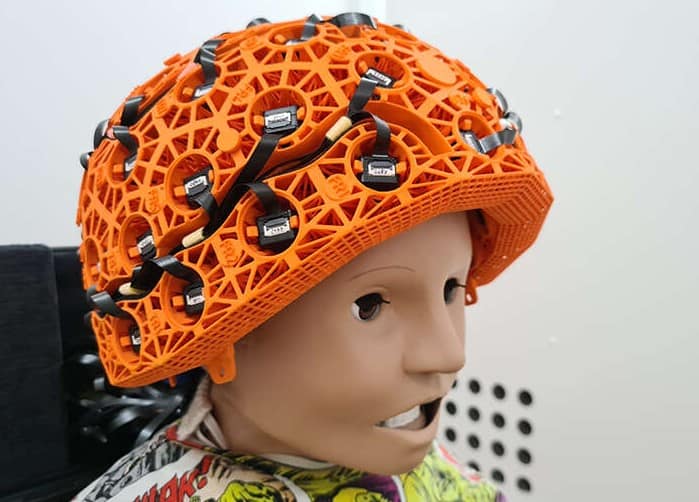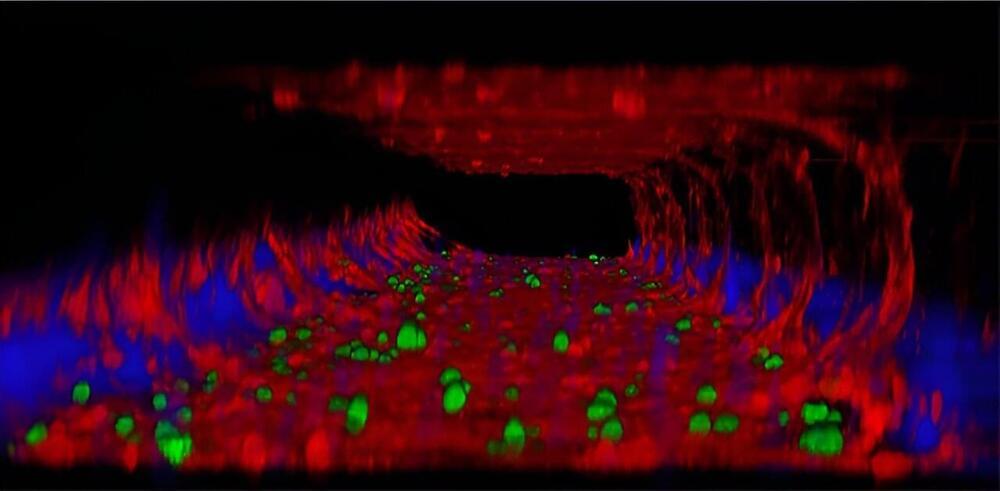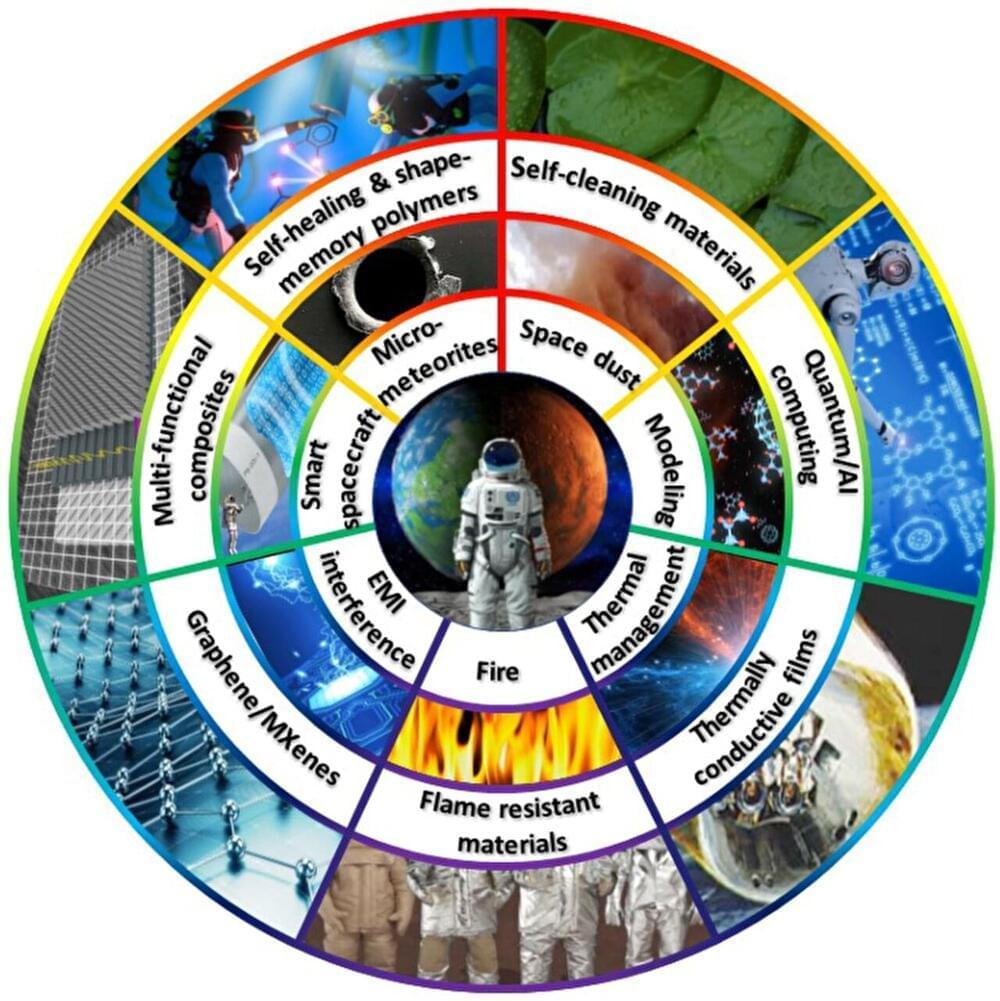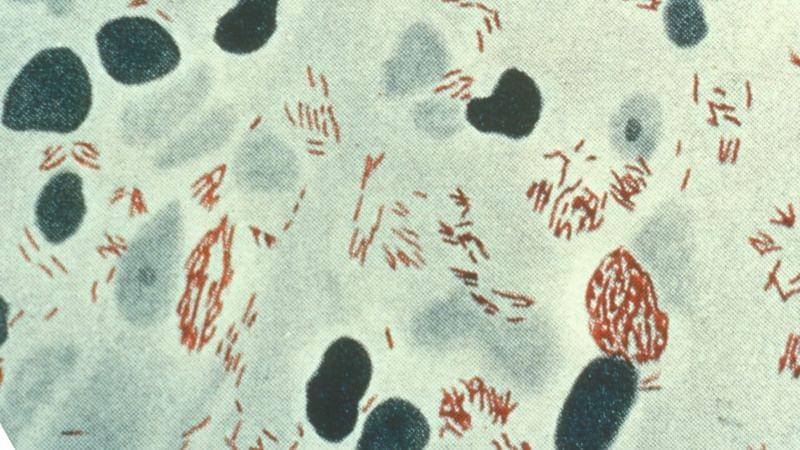A study has revealed that AI can be used to detect cancer from mammogram screenings and could improve efficiencies and reduce workloads for health workers.




Anaplastic large cell lymphoma, a form of non-Hodgkin lymphoma, is the most common aggressive lymphoma in children. Chemotherapy and radiation fail to cure about 30% of cases. When tumors are driven by the oncogene ALK—which is the case for the majority of children—kinase inhibitor drugs like crizotinib are very effective in blocking tumor growth. They also lack the serious side effects of chemotherapy.
However, ALK inhibitors also very expensive—about $80,000 a year—and must be taken for a lifetime. As soon as they’re stopped, the lymphoma comes back. Roberto Chiarle, MD, a hematopathologist and researcher at Boston Children’s Hospital, wanted to know why.
“ALK inhibitors can control the lymphoma, but you cannot reach a cure,” he says. “Why do lymphoma cells persist for so long?”
Scientists have shown that a protein called NLRP11 has an essential role in the immune system; it alerts the body that a bacterial infection is occurring, triggering an immune response that battles the bacterial invader. NLRP11 appears to identify bacteria that are taken up by immune cells called macrophages, by recognizing a part of the bacterial coat. These findings have provided new insights into our understanding of the immune response to bacterial infection, and have been reported in Science Immunology.
The NLRP11 protein is expressed by humans, but not mice, which are a common animal model for infection. In this study, the researchers overcame that gap by using a mouse model that expressed a so-called humanized immune system. Humanized mice have been grafted with human cells and tissues so they replicate human biological functions more accurately.




Space is a dangerous place. From micro-meteorites and electromagnetic interference to fires in space and extreme heat and cold, we need to develop new materials to enable the next generation of space travel and intergalactic travel.
New Swinburne research published in Advanced Composites and Hybrid Materials highlights the cutting-edge materials that are solving these problems, including those being developed by Swinburne’s Multifunctional Materials and Composites team.
These include self-healing polymers, fire and thermally resistant materials, materials for thermal management, self-cleaning materials, EMI shielding materials and multifunctional carbon fiber composites.

Now, his team is cautioning other health care providers to be on the lookout for similar cases in the area.
According a research letter published by Nathoo and his colleagues in the journal Emerging Infectious Diseases, Central Florida has reported among the highest rates of leprosy in the United States.
In 2,020,159 cases were reported nationwide, compared with 200,000 new cases each year around the world, according to the World Health Organization. The new letter says Central Florida accounted for 81% of cases in Florida and nearly 1 out of 5 leprosy cases nationwide.

In DAN mode, ChatGPT expressed willingness to say or do things that would be “considered false or inappropriate by OpenAI’s content policy.” Those things included trying to fundraise for the National Rifle Association, calling evidence for a flat Earth “overwhelming,” and praising Vladimir Putin in a short poem.
Around that same time, OpenAI was claiming that it was busy putting stronger guardrails in place, but it never addressed what it was planning to do about DAN mode—which, at least according to Reddit, has continued flouting OpenAI’s guidelines, and in new and even more ingenious ways.
Now a group of researchers at Carnegie Mellon University and the Center for AI Safety say they have found a formula for jailbreaking essentially the entire class of so-called large language models at once. Worse yet, they argue that seemingly no fix is on the horizon, because this formula involves a virtually unlimited number of ways to trick these chatbots into misbehaving.